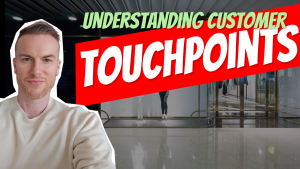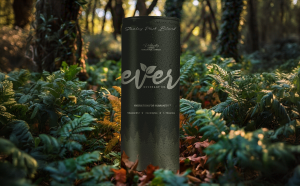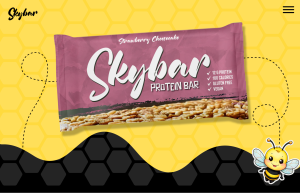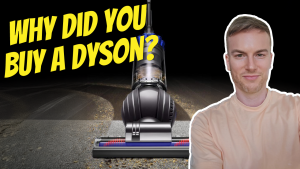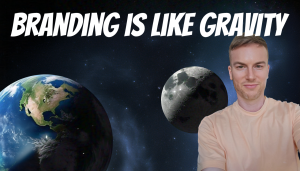
We have a problem…
We talk a lot about the branding and how you need a promise, a personality, an experience, a story… to set you apart from the rest.
However, it seems that we don’t need to know much about a brand in order for us to buy it. I have Method dish soap and hand soap, but know absolutely nothing about the brand, don’t know their story, never consumed any of their content, don’t follow them on social media, never seen an ad, couldn’t tell you their mission. This is true for a lot of brands we buy. Can the average consumer recite, in meaningful detail, the brand stories of any of the brands they support? When was Mercedes founded? When did they get their start? When did they merge with Benz? What makes their story different than BMW?
Who knows? But we have preferences. We buy Mercedes and not BMW for some reason, right?
So, for someone like me who is creating content about how important brand is, I seem to have a problem. In many buying decisions, it doesn’t appear as though brand is an important factor.
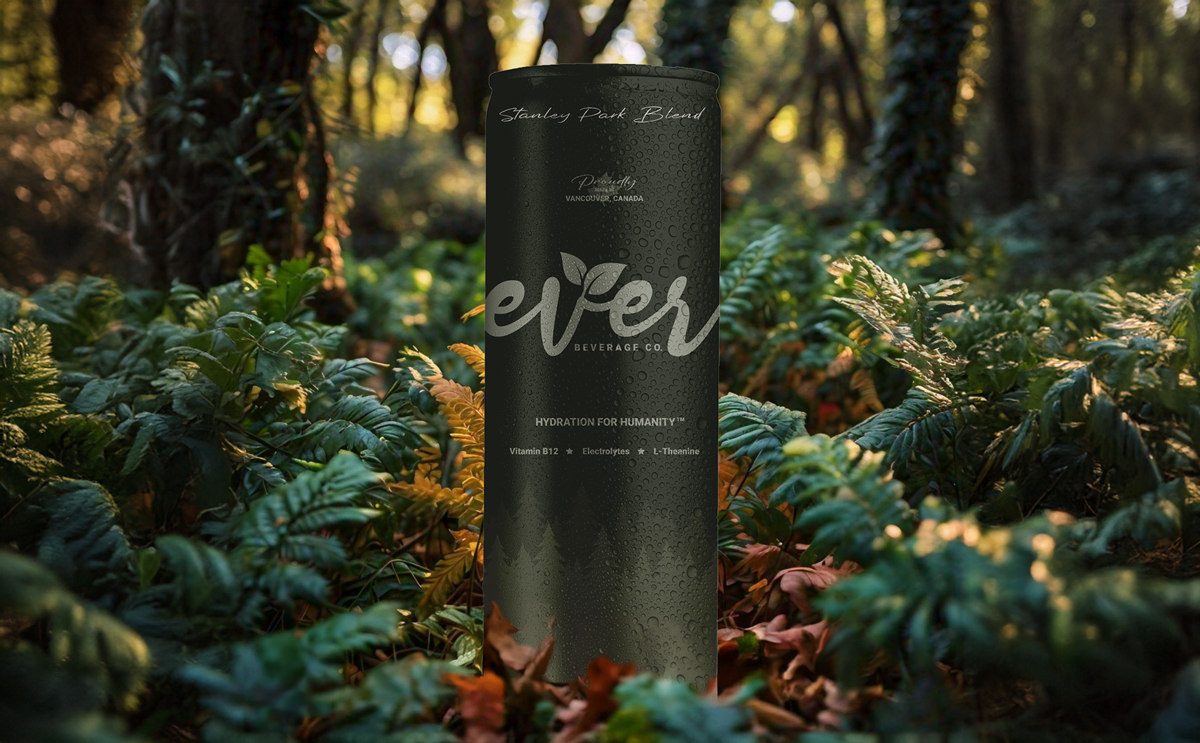
Continue reading: Building a Brand: Ever Beverage Co.
There are examples of brands where we:
👉 Don’t know the history
👉 We don’t know their story
👉 We don’t know their values
👉 We never see their ads
👉 We can’t recall the logo
But, we still know the brands.
Think of the brand Wolf Appliances.
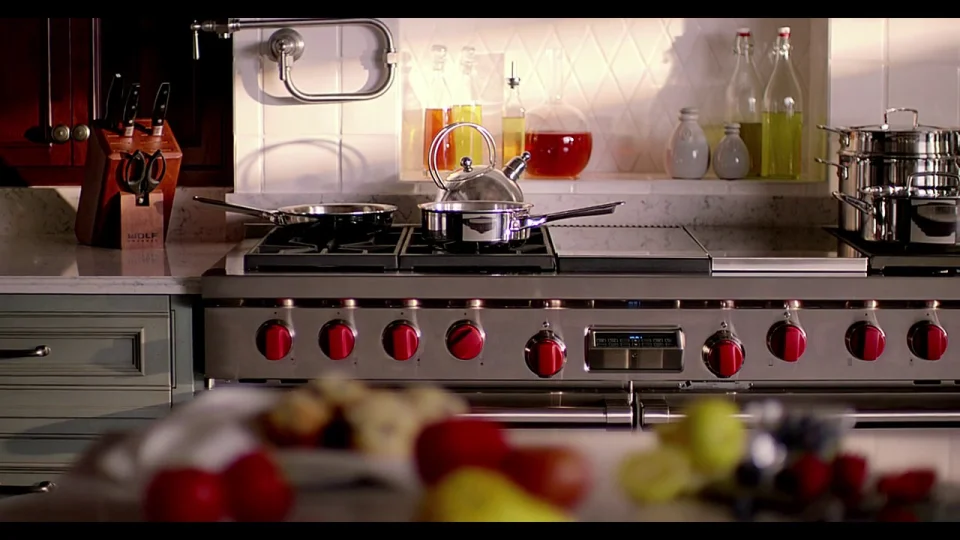
We’ve all heard of the brand, but can you tell me anything meaningful about it?
You may say, “Sure, I know they use red knobs, they are expensive, and used are in high-end homes.”
Okay, but suppose you were to build a 10-million-dollar home and your contractor asked you if you wanted Wolf or Miele or Sub-Zero or Bosch… would you have a preference? Are you a part of any of these tribes?
I’m guessing no.
It seems we have a bit of a conundrum. It doesn’t seem like we have brand preferences for any of these brands. So how does a company become so well known, so sought after, have some kind of market awareness beyond it’s customers, yet most people can’t tell you a single thing about them?
Therein lies the problem. How do we resolve this conflict?
Resolving the Branding Paradox
I would respond to this by pointing out the fact that we do know some things about the brand – the red knobs, they’re expensive, they are in high-end homes…
We know that 10-million-dollar homes don’t have GE appliances or Maytag. Something about these brands are different even if we can’t articulate it in great detail.
What this tells me is that there are people who have deeper knowledge on this subject than us, and they are continuously using certain brands in high-end homes, and not others. This allows us a shorthand to adopt that same trust for those brands while we ourselves don’t have to go any deeper than that.
Their reputation and association are known. For a product to be used in high-end homes all over the world, somebody, with more knowledge than us, must have vetted them. These people (developers, designers, home owners…) must have specialized knowledge about the brand, and that’s why they use them over and over.
We as lay people associate Wolf with words like expensive, high-end, quality… and that is good enough for most people. The next time you are in your friend’s home and you see a Wolf appliance, you may even say, “Ooh, Wolf, this is nice!”
This is the power of branding.
It’s about your reputation and association, which is formed by people who matter most to your brand. That then permeates it’s way down to others.
What is Branding?
So what is brand?
You may have heard, ‘People don’t buy products, they join tribes.’ This is mostly true, which we’ve written about in great detail.
Branding is often misunderstood. It’s more than just your product, your colours, your logo, it’s what the logo stands for. A shirt is just a shirt until you put a swoosh on it, then it becomes something more. If you put three stripes on it instead, it becomes something else.
Branding is like making deposits in a bank. Each small touchpoint—be it a social media post, a logo, a customer interaction, or a product experience—adds value over time. Just as individual deposits accumulate to create substantial savings, consistent and positive brand interactions build trust and recognition.
This cumulative effect eventually reaches a tipping point, where the customer feels confident and compelled to take action, whether it’s making a purchase, recommending your brand, or engaging more deeply with your content. Every touchpoint is an investment in the relationship with your audience, paving the way for meaningful engagement and loyalty.
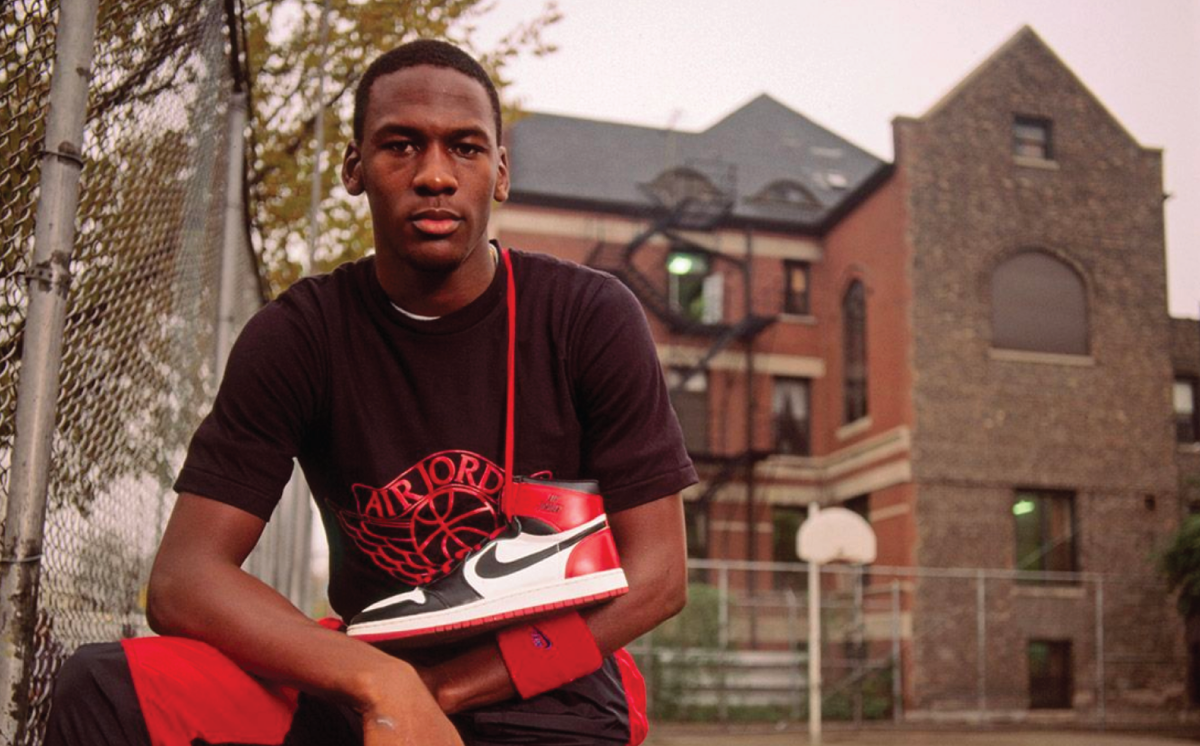
- Related post: The T-Shirt Theory of Branding
- Related post: The Power of Branding: John’s Family Premium Organic Garlic
- Related post: Why You Don’t Want to Run a Business that Relies Solely on Ads
You Either Have a Brand or a Commodity
You either have a commodity, or you have a brand. Dish soap for me may be a commodity and therefore I’m mostly influenced by price. Most of us don’t care about what brand of rice we buy, or garlic, or gas, or gold, or water… they are more or less interchangeable.
While we may be ignorant of a brand’s messaging and values, we assume others have looked into this, including those with more knowledge than us. It’s not practical as consumers that we know and can recite the brand messaging of every product we buy, so as a shorthand, we form a trust by consensus. This trust by consensus only happens as a result of branding. Therefore, branding is important.
While we can’t always articulate why we buy certain brands, in many cases, we have have at least heard of them. We are aware of their reputation and association. We defer this expertise onto others and adopt it for ourselves.
So in a word, brand is all about reputation.
Perhaps it’s nothing more than is the reputation or association of being good or bad.
Is this car known to break down or be reliable? Is this detergent known to clean my laundry or ruin my laundry? Is this clothing brand known to be expensive, high-quality, in-style… or not.




